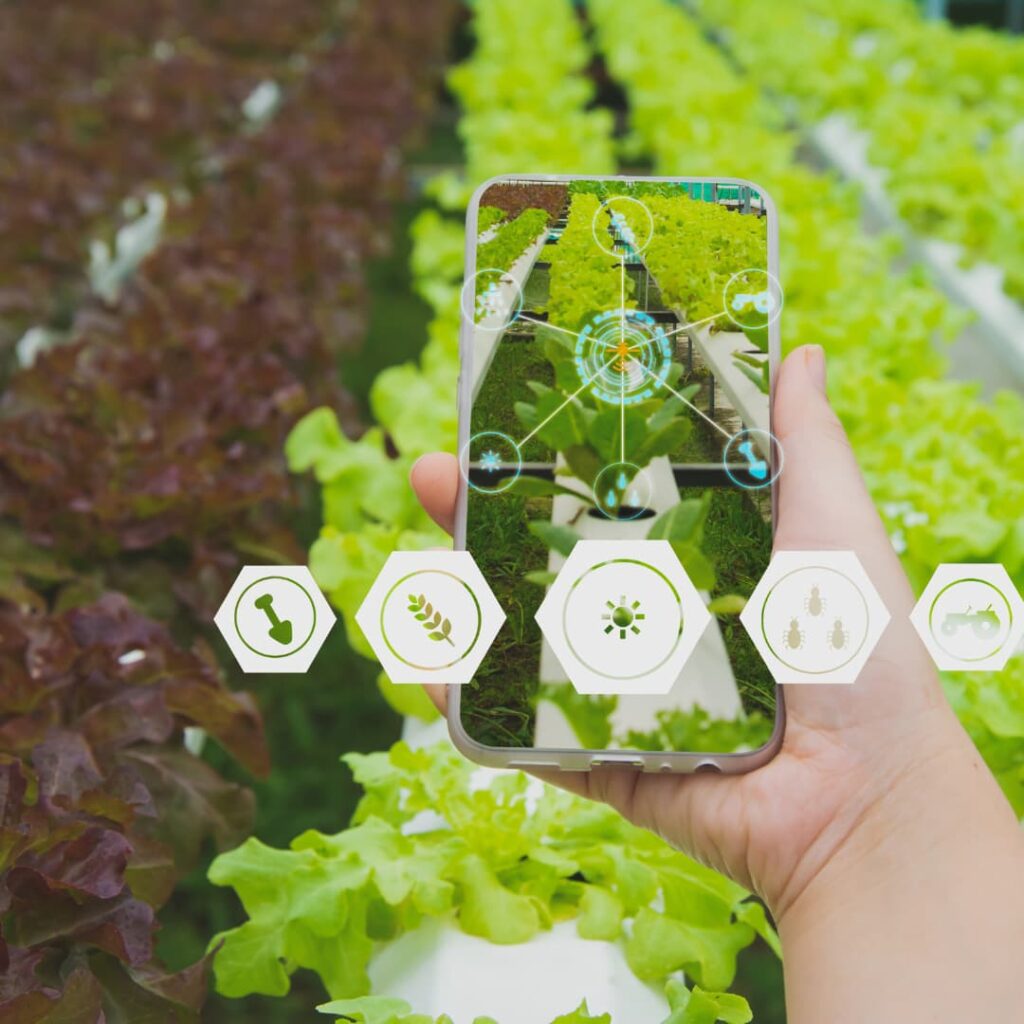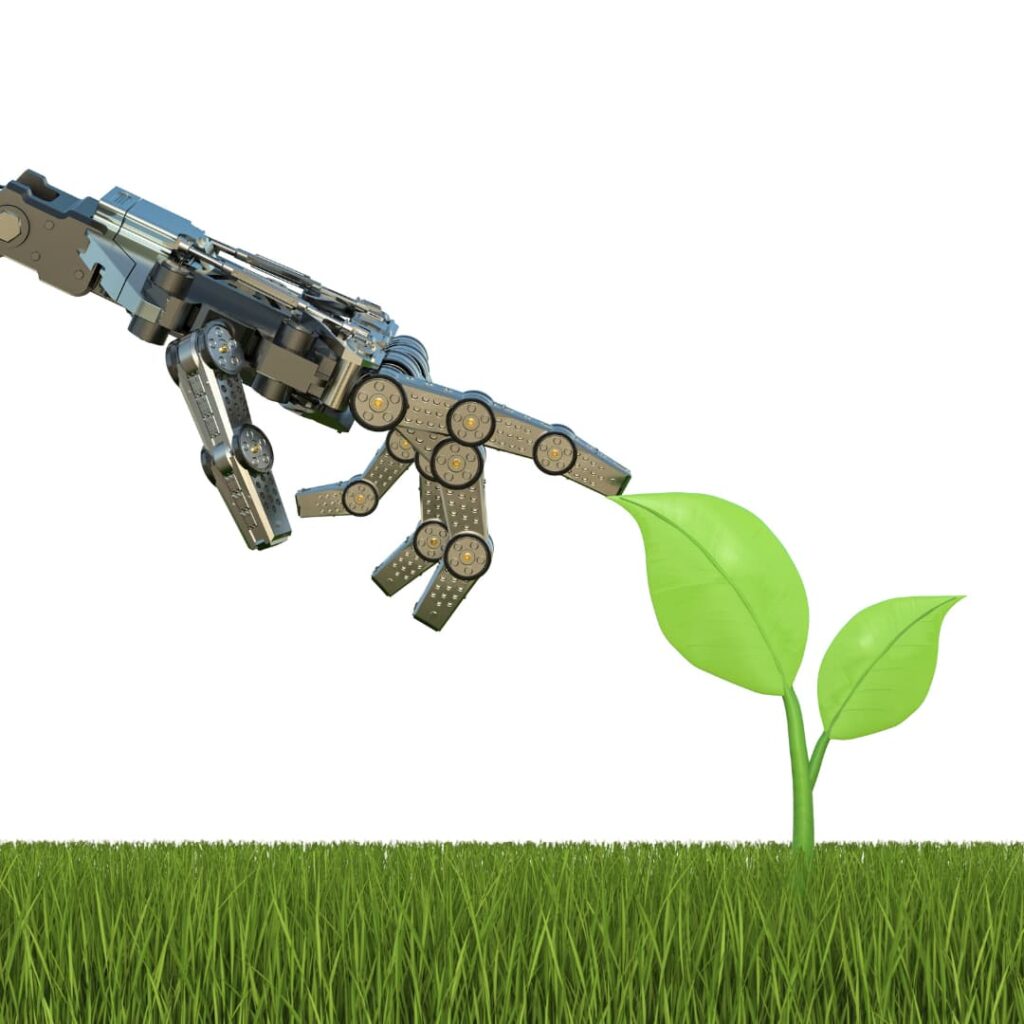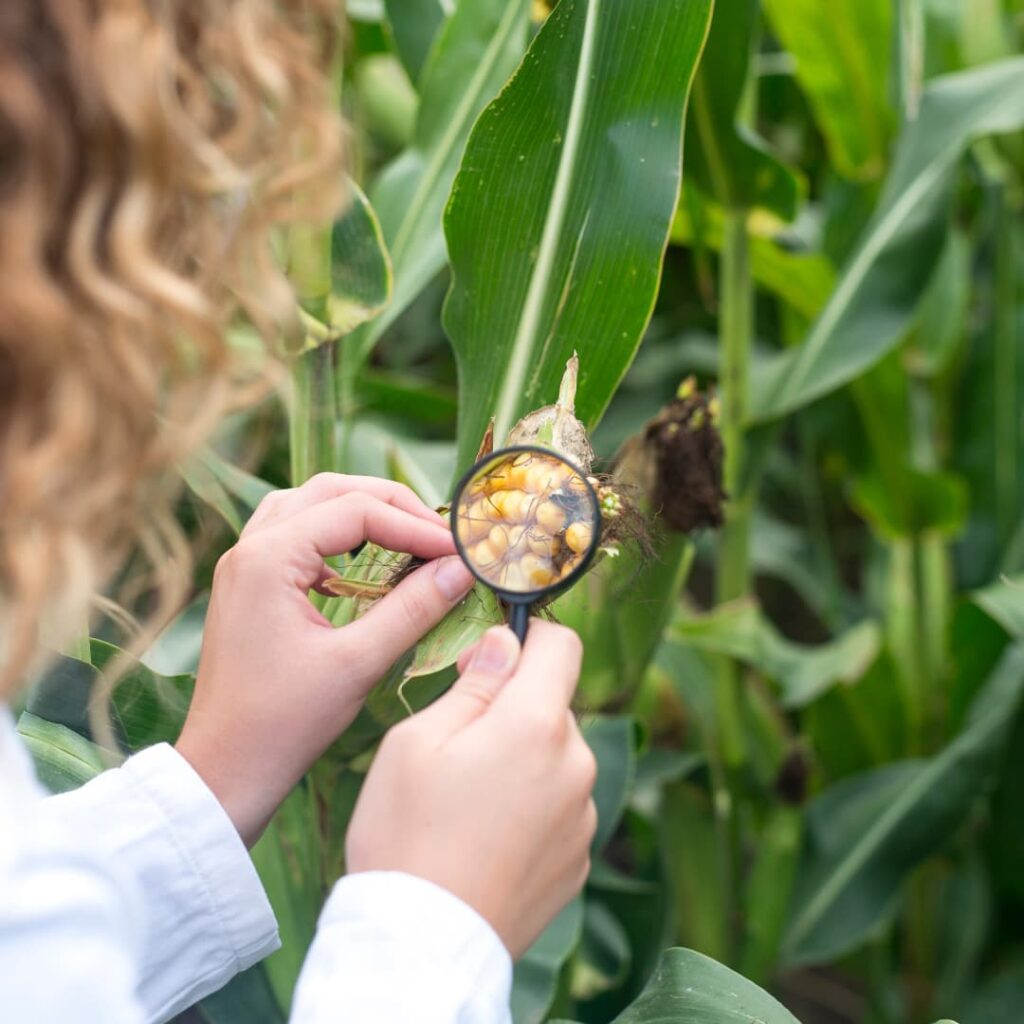Technology as a Driver of Change in the Food Supply Chain
The food supply chain is a complex and constantly evolving system that involves multiple stakeholders and processes. From farmers and producers to distributors and retailers, each supply chain step is critical in ensuring that food reaches consumers safely, timely, and cost-effectively.
In recent years, the food supply chain has undergone significant change, much of it driven by technology. With the rise of digital platforms, data analytics, and automation, businesses can streamline operations, reduce costs, and improve efficiency like never before.
Technology for Transparency and Traceability

The food industry has undergone significant technological advancements in recent years that have revolutionized how food supply chains operate. These developments have enabled better transparency and traceability, raising consumer confidence and lowering business risk.
Blockchain technology
This technology allows food companies to track the movement of their products from the source to the consumer. Using Blockchain, companies can record every supply chain step, including the product’s origin, processing, and transportation. It helps ensure that the food is safe and meets all regulatory standards.
IoT devices such as sensors and RFID tags:
These devices can monitor temperature, humidity, and other environmental factors during transportation and storage. It helps to ensure the food is stored under optimal conditions, reducing the risk of spoilage or contamination.
Data analytics and artificial intelligence:
By analyzing data from various sources, companies can identify potential risks and take corrective actions before they become significant issues.
These technological developments have enabled better transparency and traceability in the food supply chain. It has helped to raise consumer confidence and lower business risk by ensuring that the food is safe, meets regulatory standards, and is of high quality. As technology continues to evolve, we can expect further advancements in this area that will help to improve the efficiency and effectiveness of the food supply chain.
Technology for Sustainability

With the growing demand for eco-friendly and socially responsible products, businesses are under increasing pressure to adopt sustainable practices. Technology can help by enabling better tracking of resource use, reducing waste, and optimizing supply chain logistics to minimize environmental impact.
One example of this is precision agriculture. By using sensors and data analytics to monitor soil conditions, weather patterns, and crop growth, farmers can optimize their use of resources like water and fertilizer, reducing waste and improving yields. It has environmental advantages and provides a more secure and reliable food supply in the long run.
Technology also allows companies to take those initiatives to present them to the marketplace as never before. Applying QR codes on packages and restaurant menus provides an information vehicle that can be used to educate consumers at point-of-purchase, showing them why a particular product or brand may be a better fit with their social consciousness.
Technology for Food Safety

With the rise of foodborne illnesses and contamination incidents, businesses are pressured to ensure their products are safe for consumption. It is where technologies like artificial intelligence (AI) and machine learning can help.
By analyzing vast amounts of data on food safety incidents and trends, AI can help to identify potential risks and predict outbreaks before they occur. It can help businesses proactively prevent contamination and ensure their products meet the highest safety and quality standards.
Many countries follow guidelines established by the FDA and USDA (United States regulatory agencies) when establishing food safety rules. Recently the FDA issued Rule #204 for Food Traceability, which will require digital tracking of specific food items, whether domestically or imported.
It begins a significant change in data gathering and exchange throughout the supply chain. For the first time, companies must exchange digital product information externally and have digital records internally.
Emerging Trends in the Food Supply Chain

New trends in the food supply chain are also influencing the industry’s future in addition to these technologies. Direct-to-consumer (DTC) and e-commerce growth are two examples of these. With the growth of online marketplaces and social media platforms, businesses can reach consumers directly, bypassing traditional distribution channels and reducing costs.
This trend is particularly relevant after the COVID-19 pandemic, accelerating the shift towards online shopping and contactless delivery. Businesses can stay ahead of the curve and adapt to changing consumer preferences by implementing e-commerce and direct-to-consumer sales strategies.
The rise of alternative proteins is another emerging trend. With concerns about sustainability and animal welfare on the rise, businesses are exploring new sources of protein that are more environmentally friendly and socially responsible. It includes plant-based proteins, insect-based proteins, and lab-grown meats.
Although the development of these alternative proteins is still in its infancy, they offer businesses a promising way to stand out in a crowded market and attract customers seeking more ethical and sustainable food options.
Farm to Plate’s Blockchain-Based Solution for the Food and Beverage Industry

Farm to Plate’s innovative solution is a game-changer for the food and beverage industry. By leveraging the power of technologies, Farm to Plate can provide F&B players with a comprehensive solution that addresses many of the critical challenges they face.
Increased transparency and traceability:
One of the most significant benefits of Farm to Plate’s solution is increased transparency and traceability throughout the food supply chain. With blockchain, every supply chain step is recorded in a secure and decentralized digital ledger, providing F&B players with a complete record of where their food comes from and how it has been handled.
Comply with regulations:
It not only helps to ensure the safety and quality of the food but also makes it easier for F&B players to comply with regulations and meet the expectations of consumers, who are increasingly concerned about the origin and safety of their food.
Improved efficiency and cost savings:
Another essential benefit of Farm to Plate’s solution is improved efficiency and cost savings. By streamlining supply chain logistics, reducing waste, and optimizing resource use, F&B players can reduce costs and improve their bottom line. It is essential in an industry that operates on thin margins and is highly competitive.
Build trust with consumers:
In addition to these benefits, Farm to Plate’s solution also helps F&B players build trust with consumers in addition to these benefits. By providing greater transparency and traceability, F&B players can demonstrate their commitment to safety, quality, and sustainability, which can help to build brand loyalty and increase customer satisfaction.
Help stakeholders to maintain a competitive edge:
In the food industry, it is crucial for stakeholders to maintain a competitive edge in order to succeed. To achieve this, they often rely on proprietary information about their products or process that give them an advantage over their competitors. However, this information is often confidential and not available to the public.
In such cases, stakeholders can selectively share relevant information while protecting confidential or proprietary information. This means that they can choose to disclose certain information that is important for their stakeholders while keeping other information private.
By doing so, they can maintain their competitive advantage while still being transparent about their operations. Overall, it is important for stakeholders in the food industry to strike the right balance between sharing information and protecting their interests to succeed in today’s competitive marketplace.
Powerful tool for F&B players:
Farm to Plate is a powerful tool for F&B players looking to stay ahead of the curve and succeed in a rapidly evolving industry. By leveraging the power of technology to improve transparency, efficiency, and trust, F&B players can position themselves for long-term success and growth.
Conclusion

The food supply chain is a complex and constantly evolving system that technology is transforming. From blockchain and AI to e-commerce and alternative proteins, businesses that embrace these trends and technologies will be well-positioned to succeed in a rapidly evolving industry.
Farm to Plate’s innovative solution is an excellent example of how technology can help F&B players to stay ahead of the curve. Our solution helps F&B players address many key challenges, including food safety, sustainability, and cost savings, by providing greater transparency, efficiency, and trust.
As the food industry continues to evolve, it is clear that technology will play an increasingly important role in shaping its future. By adopting a forward-thinking approach and investing in innovation, businesses can ensure they are ready for the future. And with solutions like Farm to Plate’s, they can stay ahead of the curve and succeed in a rapidly evolving industry.
Namrata Anand, Technical Content Writer at Paramount Software Solutions & farmtoplate.io
